( No Title )

I thought maybe people would like to see a little bit of the process of making Set to Sea, so I put together a little demo thing showing the whole roughs, pencilling, inking thing, and a picture of my “workspace.” This is all mostly vanity and procrastination, my apologies.

1: First I do a very rough sketch of the panel layout, not worrying too much about accuracy or perspective.
2: Then tighter pencils, loosely following the layout from the rough. This is where I nail down all of the perspective and “schematic” stuff. Often I’ll have to attach bits of paper to the sides to draw out the vanishing points. I usually scan these pencils into the computer and bump up the contrast in Photoshop, for easier tracing. Sometimes I’ll make simple corrections, too – moving a guy a little bit to the left, shrinking a figure down, stuff like that.
3: Then I lightbox the pencils onto a piece of bristol. I cut up a bunch of 5 1/2 by 4 1/4 sqares from one big sheet. Here’s a trick I’ve learned the hard way: when you pull a piece of bristol out of the pad, put some light pencil X-marks on the back of the bristol sheet before you forget which one is which. Believe it or not, the two sides of the bristol are slightly different!
4: Starting to ink the basic linework with the crowquill, working foreground to background for the most part, and also left to right – being left-handed. I usually have at least two different crowquills going at one time – one a little more broken-in, for the heavier lineweights, and a newer one for the finer details. If there were any word balloons in this panel, I would letter them first.
5: More linework! All those little squiggly marks around the page are “tester” lines, to make sure the nib is behaving itself, and doesn’t have any paper fibers caught in the tip. It’s a constant battle.
6: The finished linework.
7: Crosshatching! I’ve also gone in with a crappy little brush and filled in some of the areas I want to be pure black. I usually keep a bottle of “filling-in” ink, into which I pour the concentrated dregs of my regular ink bottles.
8: More crosshatching! I blame Gerhard.
9: The inks are all done! The main characters on the gangplank are looking a little lost in all the detail at this point, so I’m going to go in and make a little “halo” around them with white-out next. I’ll also put a little bit of a halo around the banner, to push it into the foreground a little more.
10: Pencils erased, white-out applied! I try not to do any white-out stuff until after the pencils are completely erased, or the pencil smudges up the white-out and it gets all gray and crummy looking. So the panel is pretty much done at this point.
11: Then I scan the panel into Photoshop and play with the contract and levels until it looks sort of similar to the original art. Keeping the fine lines from disappearing while also keeping the crosshatching from turning into mud can be almost impossible! With Set to Sea, I’ve been trying to avoid making any corrections to the final art in the computer, out of some weird Olde-Timey compulsion. Except for the occasional speck of dirt or what-not, what you see is how the original art looks.

1. .05 mechanical pencil. This one is a “Zebra M-301.” I dunno, but it was pretty cheap at OfficeMax, and I prefer mechanical pencils with the little metal tips. Lets you see what you’re doing better.
2. Hunt 102 crowquill pens. Like I said, I usually have two going at one time. I put some blue tape around the handle of one so I don’t get them confused.
3. Koh-I-Noor rapidographs. I use the “brown” one for lettering, and the “gray” one for detaily stuff.
4. Mars plastic eraser. It works pretty good.
5. Higgins “Black Magic” ink. Not great, but okay. You can get blacker inks that hold up better to erasing, but they tend to get too thick and goopy to work well with crowquill. But I’m always looking!
6. FW Acrylic White. I’ve only ever found a really good white-out once – it was called Pen-Opake – and they stopped making it years ago. This stuff is made by the same company, but is only so-so, tending to “crackle” when applied too thick. Oh well.
7. French curve. They often sell these in sets of four different varieties, but this is the only curve in the set I find very useful, for inking long, smooth curves. I think you can buy them individually, though.
8. A bit of paper towel, for cleaning your pen tip. You will do this often.
9. A big jar of clean water, for brushes, etc.
10. Eraser shield. This is surprisingly useful for erasing little bits of penciling gone wrong, without ruining everything around it.
11. Rapidograph ink. Only use the official rapidograph ink – you can get away with regular ink for a while, but it’ll eventually clog the works. So will the official ink, but much less often.
12. Mechanical pencil lead. I like the HB kind. Not too scritchy, not too smeary.
13. Magic Rub eraser. Also good.
14. My “fill-ins” bottle of ink, for large areas of black. When my regular ink is amost empty, I pour the dregs in here. It’s marked with a piece of tape.
15. Extra nibs. I go through ’em pretty fast, good to have plenty on hand. They come in boxes of 12.
16. Coffee. A valuable tool in the cartoonists arsenal. Feel free to replace this with a beer after 11pm or so.
17. A cheap hand-mirror. You can spot a lot of mistakes in your drawings that you wouldn’t normally catch, if you look at it in a mirror.
18. I bought these little portfolio things with clear plastic sleeves at the art supply store for about $5 each. That way I can keep all of the panels in order for quick reference.
19. Reference pictures that I printed out. Google image search is your friend.
20. A nice, bright, swing-arm desk lamp.
21. This is a little kitchen timer I got at Target. I try to time how long I spend drawing, to keep a realistic idea of how much work I’m getting done each day. Eleanor and I have monthly contests!
22. Harvey, the cat. If you don’t keep a nearby pillow, they’ll try to sleep right where you’re drawing.
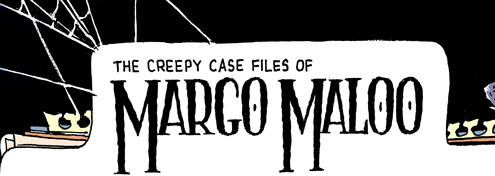
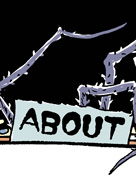
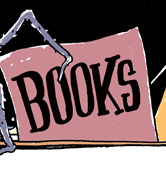
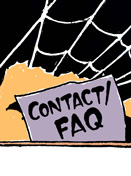
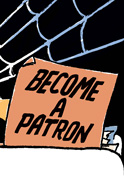
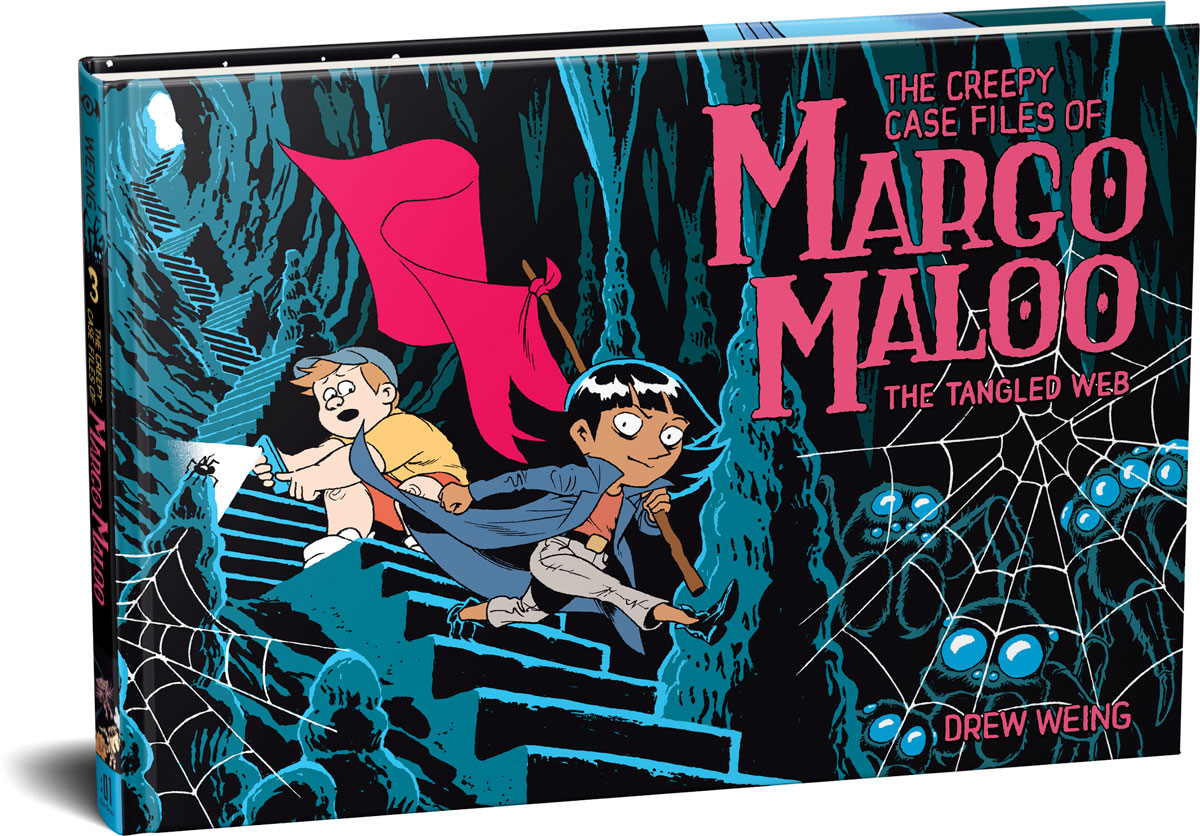
That’s the coolest thing I’ve seen all day! Thanks for sharing your process.
Thanks for looking!
Wow! This is amazing. I had no idea you could get such smooth linework out of a crowquill! I found it so difficult to make curves and circles with one. It pushed me to the brush.
It’s a blast to see this panel unfold. Thanks for sharing. It’s amazing how you can keep the composition so strong while still including so much detail in your work. It’s really nice work.